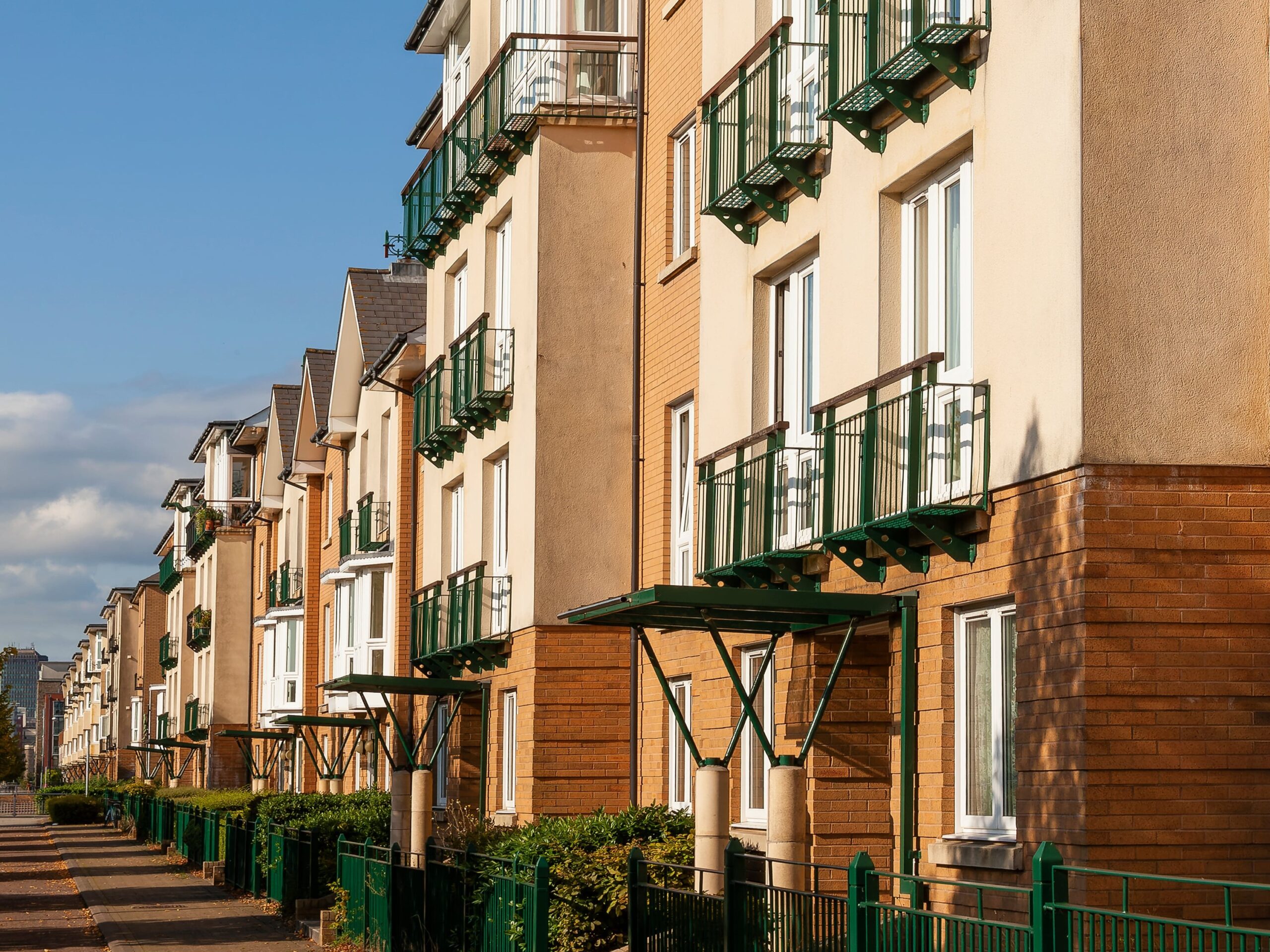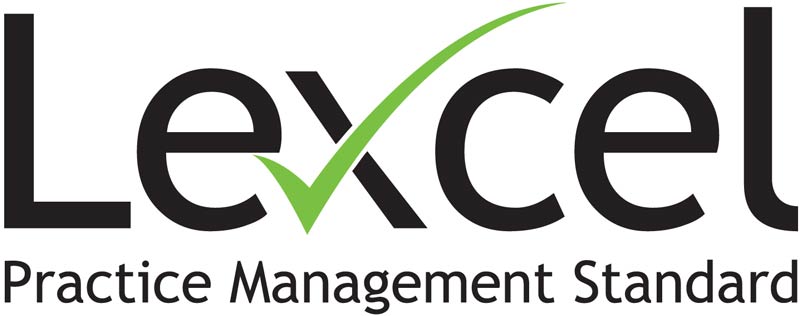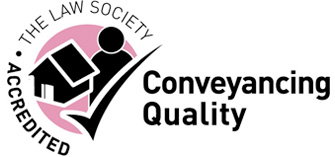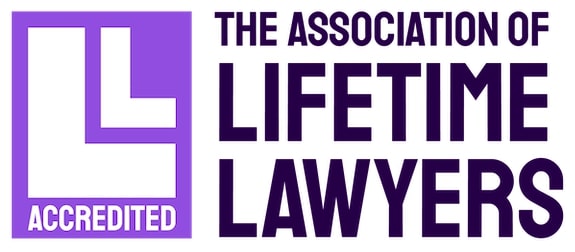1925 was a defining year for property law in the United Kingdom, marking the introduction of legislation fundamental to the modern leasehold system. Now, one century later, could that system be about to end? Successive governments have committed to reforming the modern leasehold system, with landmark legislation, such as the Leasehold and Freehold Reform Act 2024, already driving significant change. However, the question remains: Will leasehold be abolished in the UK for residential property?
Residential property in England and Wales largely falls into two groups: freehold and leasehold. Freehold land belongs to the owners “in fee simple” meaning “permanently”. Whereas leasehold property belongs to the owner for “a term of years absolute”, meaning it has a limited period of ownership after which time the property reverts to the freeholder. Most residential leases are granted for a long time, typically 99 years or more.
The modern leasehold system has faced much criticism in recent years for a number of issues, including escalating ground rents (with some set to double every 10 years, leading to extremely high costs for leaseholders), unscrupulous freeholders charging high service charges or failing to manage sites, and poor building safety standards, particularly in the wake of the Grenfell Tower fire. Whilst new legislation, such as the Building Safety Act, has been implemented to address these issues, critics argue that further reforms are needed.
The previous Conservative Government set its sights on reforming the residential leasehold landscape, including passing the Leasehold and Freehold Reform Act 2024 (LAFRA). Under the act, leases would be more affordable to extend, with the costs shared between both sides (instead of the tenant bearing them as was historically the case). Additionally, when leases are extended, the term would be set to 990 years, and there would be no further obligation to pay ground rent. However, many LAFRA provisions did not come into force immediately and require further legislation to bring them into effect.
The current Labour Government has been building upon the Conservatives’ proposals, enacting various parts of LAFRA (although many provisions are yet to come into force) and committing to further reforms. On 3 March 2025, the government announced that the creation of new leasehold flats will be banned by the end of 2025, proposing that commonhold be used as an alternative.
What is commonhold?
Commonhold is a system of property ownership that enables the occupiers of an interdependent building, such as a block of flats, to own their flat or unit permanently. The ability to own flats or units in commonhold removes the need for leases, eliminating freeholders and landlords, ground rents, and the risk of disproportionate service charge escalations.
First introduced in England and Wales in 2002, commonhold aimed to replicate apartments and condominiums in the US and Europe by allowing people to collectively own buildings. However, despite being introduced over 20 years ago, very few commonholds exist, and many mortgagees will not lend on commonhold property as a result. The slow take-up of Commonhold highlights the scale of the challenge the government faces in abolishing leasehold.

What is the difference between leasehold and commonhold?
Under the modern leasehold system, a freeholder or landlord owns an interdependent building and the land it sits on. The freeholder or landlord can grant leases for flats or units within the building to leaseholders. Typically, leases are granted for long periods, often 99 years or more. During this time, leaseholders must pay the freeholder or landlord ground rent for the right to occupy the land the property is built on, as well as service charges for the upkeep of the building. At the end of the lease, the premises return to the freeholder, so Leaseholders also pay if they decide to extend their lease, which can be an expensive process.
Under the commonhold system, individuals or businesses can own the freehold for a flat or unit within an interdependent building outright. All owners within the building are entitled to become members of the Commonhold Association, usually a limited company set up to manage the building’s shared spaces. Unlike leaseholds, commonhold owners do not have to pay ground rent or renew their lease. Whilst commonhold owners must still contribute towards the upkeep of their building, service charges are set by the Commonhold Association, ensuring they are proportionate.
The current government’s proposal to stop new leasehold flats being created is aimed at preventing freeholders from making exorbitant service charges, eliminating escalating ground rents, and empowering leaseholders to take greater ownership of their buildings. However, the proposed legislation does not address concerns about existing leases and established service charge arrangements.
Despite the government’s announcement, the future of leaseholds remains uncertain, and there is significant opposition to reforms. The proposal to reduce the cost of lease extensions set out in LAFRA is currently subject to challenge by a number of freeholders who have suggested that the legislation is unacceptable, potentially reducing the value of freeholds they have paid for. Whilst a judgement has not been reached, opposing freeholders will undoubtedly seek an appeal if their initial challenge is unsuccessful. We shall have to see how that resolves itself, but it will no doubt have an impact on the way future leasehold property is considered.
How does commonhold work?
The commonhold system allows for ownership of a unit, such as a flat, within an interdependent building, such as a block of flats in a manner similar to freehold. When an individual or business purchases the commonhold title of a unit, they would own it indefinitely, rather than for a fixed term, as they would under the leasehold system.
Owners of units within a commonhold building are entitled to become members of the commonhold association, a limited company set up to manage the building. The commonhold association is responsible for making decisions regarding the shared parts of the building, including everything from the roof and structure to shared spaces, such as hallways, stairs, lifts, and car parks. The cost of maintaining a commonhold building is passed on to its unit owners through a service charge, set by the commonhold association.
A commonhold association must have at least two directors, elected by its members, which can include unit owners or external professionals. Directors of the commonhold association are responsible for the day-to-day management of the building, unless this is outsourced to an external management company, and for setting service charges. Major decisions regarding the building are likely to be put to a vote, giving all members a say in the management of their building. This principle is very similar to that of Right To Manage companies (RTM companies) which are already provided for in current leasehold legislation.
The distribution of service charges is set out in a legal document called a Commonhold Community Statement (CCS). Whilst service charges can be distributed equally between all members, or they may be adjusted depending on factors such as unit size or use of common parts. Any prospective commonhold owners should review the CCS before purchasing a unit to ensure they are clear on how charges are managed.
Is commonhold the same as share of freehold?
No, commonhold is not the same as share of freehold, although there are similarities.
Much like commonhold, share of freehold arrangements aim to give leaseholders greater control over their building and, in some cases, eliminate ground rents. Whilst there is no specific legal framework for this ownership model, it is typically done by establishing a company to purchase a building’s freehold, with the leaseholders as shareholders. As a result, all participating leaseholders own a share of the freehold. The arrangements can be traced back to the early 20th century, before commonhold existed.
Whilst these arrangements eliminate freeholders or landlords in the traditional sense, they still operate under the leasehold system, meaning leaseholders do not own their properties indefinitely. Should a lease expire, the property will revert to the freeholder, which means that all leaseholders would then own a share, creating a very complicated legal situation.
Commonhold proposes to offer a much simpler way to achieve the same goals and is backed by a legal framework.
How many commonhold properties are there in England and Wales?
According to the Law Commission, fewer than 20 commonhold developments had been established by 2020 in England and Wales (https://lawcom.gov.uk/project/commonhold/). Compare that to the 4.98 million leasehold homes in England alone, and you will start to see the scale of the challenge facing labour (https://commonslibrary.parliament.uk/research-briefings/cbp-8047/).
Will leasehold be abolished in the UK?
Whilst there are no current proposals to abolish leaseholds in the UK, recent reforms and the current government’s commitment to ending the creation of new leasehold flats demonstrate the desire to move away from the modern leasehold system. However, abolishing leaseholds entirely could prove extremely difficult and would likely face strong opposition. No explanation of what will happen on mixed use sites where there are flats over shops for example, nor what would happen on a development which is partially sold as leasehold.
2025 will be a period of significant change for leaseholders and freeholders, with major reforms already implemented and more on the horizon. We look forward to seeing more information and explanation from the government as they consult on the matter and will keep you up to date as things change. Contact Scott Bailey today for expert advice on what these reforms mean for you.










